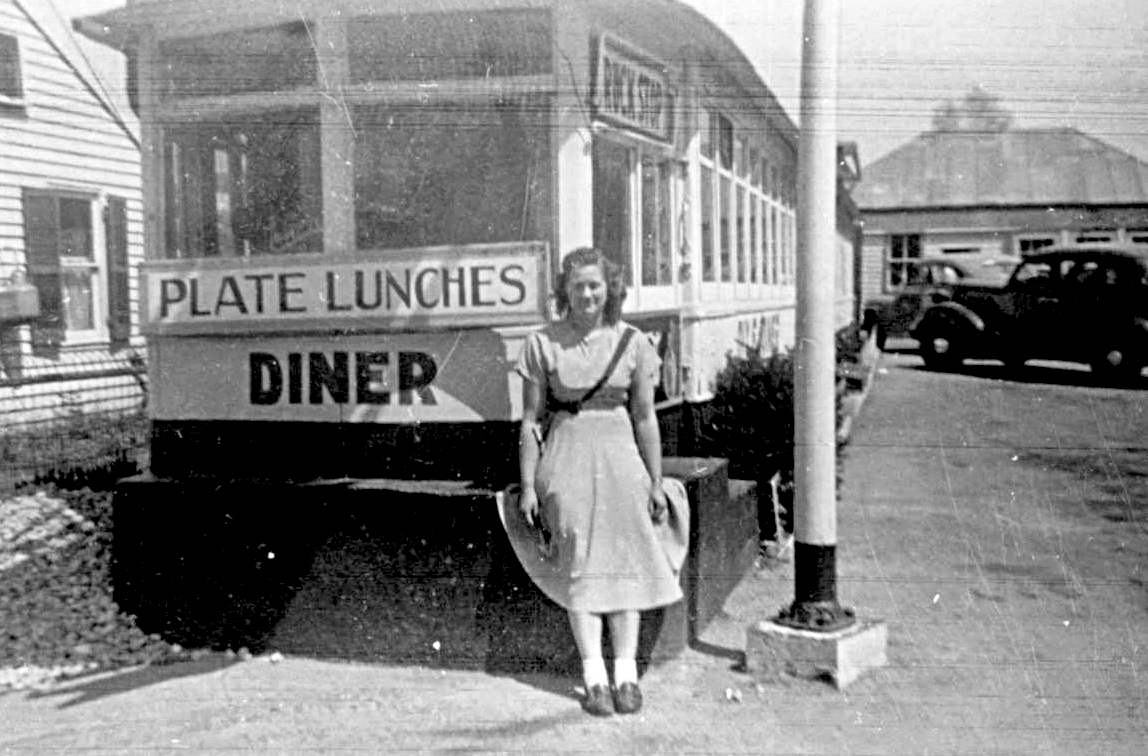
Businesses Past...
T h u r m o n t ’ s D i x i e D i n e r
by Richard D. L. Fulton
Beginning in the late 1930s, and reaching a peak in the 1960s, seemingly every town or community across America served as home to a genre of eateries commonly referred to as diners, known for their “home-cooked” meals offered at amazingly reasonable and affordable prices.
They became as much a part of “Roadside America” as petting zoos, theme parks, and miniature golf sites, all of which, including the diners, were spawned by the 1930s-1940s’ “introduction of highways (spurred further by the creation of the interstate highway system by President Dwight D. Eisenhower) and the rising car culture of America,” according to The Evolution of the American Diner, by Cassidy Nemick (scalar.usc.edu).
Not only did diners provide cheap, home-cooked, wholesome meals to travelers at very competitive prices, but they also tended to be supported by numerous local patrons as well, often serving as a center of social interaction.
The Dixie Diner
More often than not, as a cost-saving measure, diners were housed within retired streetcars, buses, and even old railroad cars that were purchased for near-scrap prices, which were then converted into diners with seating, tables, and kitchen included.
Thurmont Mayor John Kinnaird stated that the Dixie Diner was located in Thurmont at the intersection of Frederick Road and Water Street and was established and initially owned by Mary and Leonard Fogle, beginning in the late 1930s.
Nancy Gearhart Rice, Thurmont, noted in The Way Things Were in Local Government and More (Catoctin Banner, September 2023), that the diner was subsequently operated by Bill Houck, Audie and Audrey Moore, and Myrtle and Jim Steele.
In this respect, the Dixie Diner of Thurmont was no different. According to Kinnaird, the old Dixie Diner was housed within a streetcar that was once used on the Hagerstown & Frederick (H&F) Railroad.
Kinnaird stated, “It is a good bet that the streetcar was purchased by the diner owners directly from the H&F, and then had it transported via the H&F to Thurmont.”
At some point in time during the diner’s operation, a second car was added in order to accommodate the increase in patronage. The mayor stated that “At this time, all the traffic on Rt. 15 passed this location.”
Not only did the Fogles live in a house adjacent to the diner, but Leonard Fogle also owned a garage located next to the diner, being strategically located in proximity to Route 15, Leonard sold fuel and repaired trucks. The name of the enterprise was given as having been the Dixie Diner & Service Station in a 1950 advertisement.
Offbeat Incidents
Sometime during the night of August 19, 1940, after the diner was closed, a thief apparently entered the diner via the rear window, according to August 20, 1940, The Frederick Post, which further noted, “Authorities are inclined to believe the prowler was a man familiar with the establishment.”
The theft was discovered upon opening the diner the next morning at 6:00 a.m. by waitress Audrey Ecker. The thief reportedly had stolen “between $7 and $10.”
Another theft was reported by The Frederick Post on October 13, 1947, when a wallet, believed to have been unknowingly dropped on the floor while patron Sherman Shuff reportedly was in the diner. The wallet was subsequently recovered by a puppy belonging to Anna M. Jones. The dog found the wallet in a creek on East Street and then “proudly” presented his find to Jones.
The newspaper reported that various contents of the wallet were seemingly intact, except for the money it had contained, which was missing.
The Demise of the Diners
Kinnaird stated that the diner had “closed around 1958 after the Route 15 bypass opened,” adding, “After shutting the Dixie Dinner, the then-owner, Jim Steele, opened his restaurant at Franklinville.”
So, what led to the demise of America’s diners, overall?
Clearly, the Age of the Diner came to an end in the 1960s. Nemick wrote, in The Evolution of the American Diner, “Unfortunately, diners began to find that their clientele were being snatched away to fast-food joints, food chains, and (restaurant) drive-ins,” noting further that the number of diners continued to wain “as motorists and travelers began to choose convenience and speed over traditional dining.”

Diner co-owner Mary Fogle at the Dixie Diner after having added a second streetcar.
